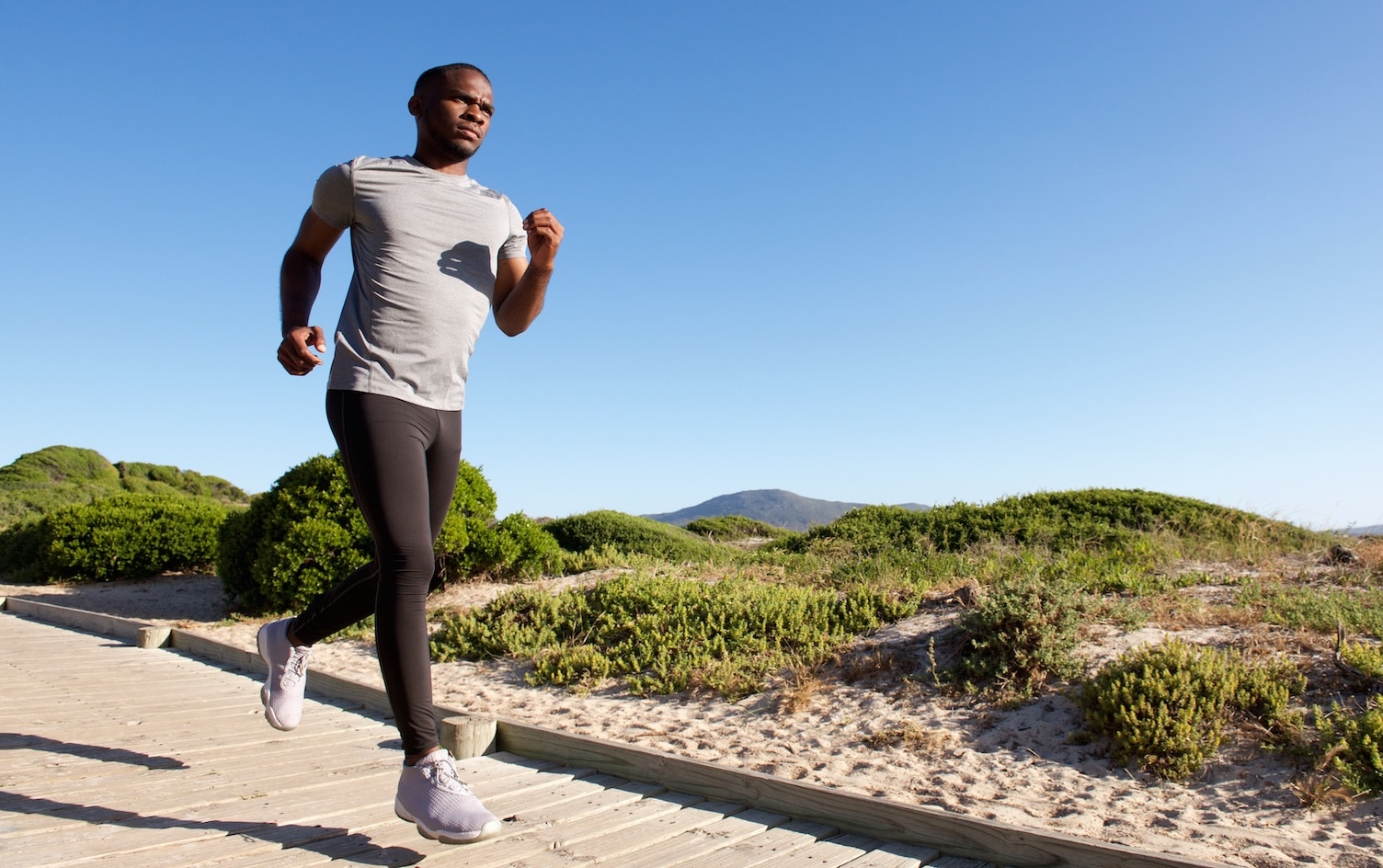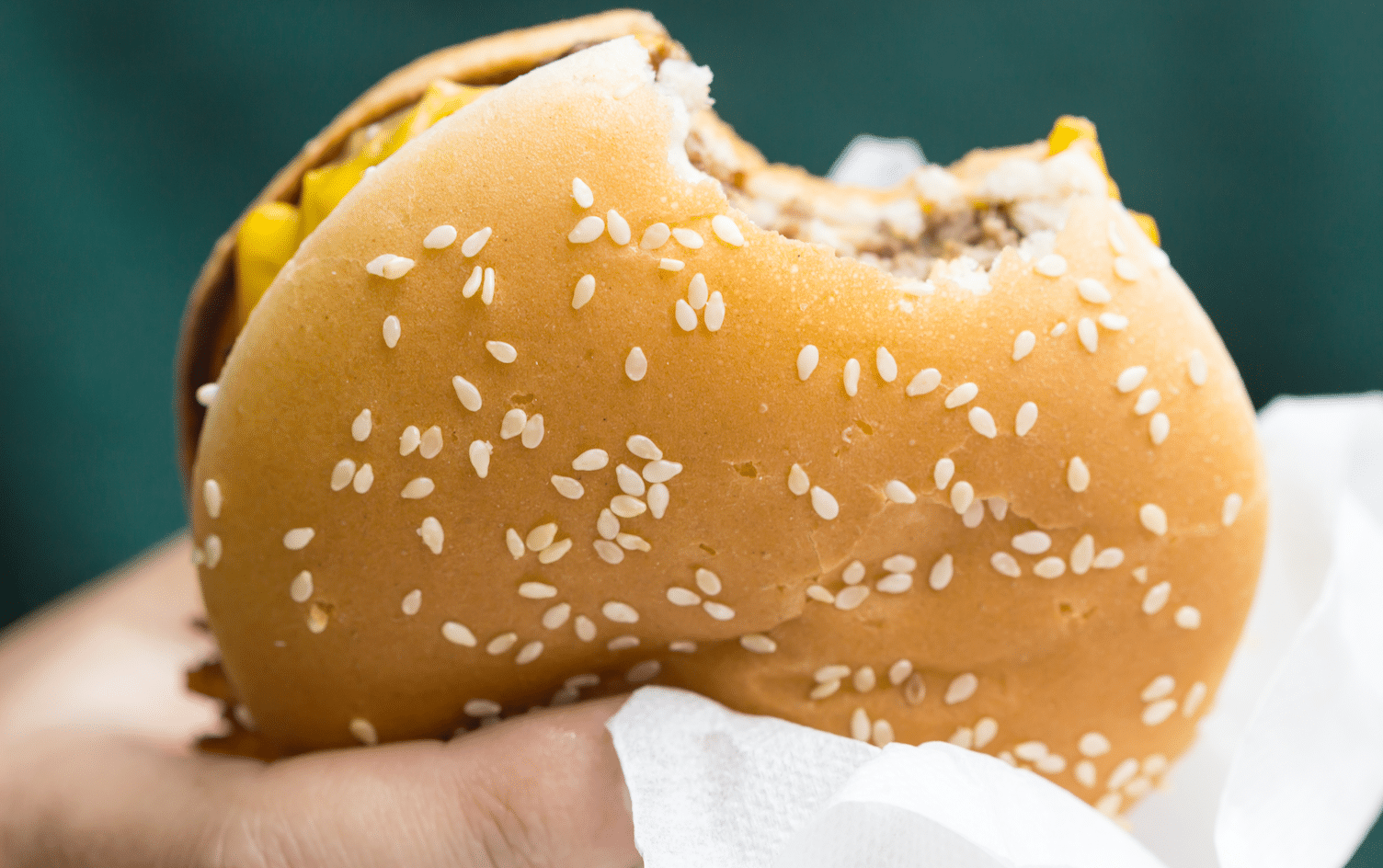Whether you made a move too fast, too quickly or too intensely, unfortunately, muscle sprains and strains happen. Usually, they result from trying to outperform your current capabilities, not warming up adequately, not using correct alignment during exercises (especially while lifting heavy weights and/or moving too fast) or pushing yourself when you are too tired or not properly fueled. Sometimes, even when you’ve done everything right, they can also just happen.
If you do find yourself sidelined by a pulled or strained muscle, here are a few tips to help you treat your body right to recover swiftly.
What’s the difference between a sprain and a strain?
First things first — it’s important to determine what happened. The American College of Sports Medicine defines a sprain as an injury to a ligament and a strain as an injury to a muscle or tendon; they can both vary in degree from mild to severe. If you experience stiff, sore, tender muscles and/or swelling, you may have a muscle strain. If you experience pain, swelling or bruising, then you may be dealing with a sprain. And anything that leaves you with limited or impossible mobility, severe pain and/or lots of swelling or bruising should be seen by a doctor.
How should you deal if it happens to you?
ACSM recommends the “PRICE” principle for dealing with sprains and strains:
P: protect from further injury, or stop what you are doing immediately and apply a splint, pad or crutches, if appropriate for more severe injuries.
R: restrict activity, or avoid further movement within that area for at least 48–72 hours.
I: apply ice for 15–20 minutes every 60–90 minutes.
C: apply compression. Consider using a wrap bandage, which may be removed during icing, to help support and protect the area.
E: elevate the injured area to help reduce or minimize swelling.
Over-the-counter pain relievers like ibuprofen and/or muscle rubs or creams may also provide relief, as can certain vitamins and herbal supplements like vitamin C, bromelain, turmeric and arnica. (Check with your doctor before taking anything.)
What can you do if you aren’t able to do your regular workouts?
Before you throw in the towel on your workout regimen because you have to rest the injured area, get creative about what movements you can do instead. If you pulled your hamstring muscle, for example, your regular running routine isn’t going to work, but you could use this time for some serious cross-training with an upper-body ergometer. You might be surprised at what a challenge it can be to perform a cardiovascular workout using only your upper half!
Or, check out this 20-minute, full-body seated chair workout designed to build core strength, functional flexibility and improve your posture, all without standing up once. While it’s a bummer when you can’t continue on with your regular routine, recovering from an injury can also be a blessing in disguise. It not only helps you appreciate what your body does for you on a daily basis, it can also break you out of a fitness rut and force you to mix up your moves, which could even lead to better results (especially once you are able to get back to the gym and hit it hard again).
What if it’s more than just a sprain or strain?
If you notice instability around a joint, or you’re unable to use the part of your body that is injured, you may have a more serious injury, such as a ligament or muscle tear. That could require a specific course of treatment and rehabilitation in order to heal properly.
When in doubt or if you’re in an extreme amount of pain, don’t wait to seek medical assistance. You may need expert attention for the treatment of your injury, so it’s important to get professional help right away if you’re badly hurt.
*This article is not meant as a substitute for medical advice or treatment. Seek professional medical assistance immediately anytime you are injured.
Have you ever dealt with a muscle sprain or strain? How did you handle it? Did you find other ways to work out while you were healing? Share your best tips with us in the comments below!




